 Step one. Before they start fading, in fact, as soon as possible, cut off the flowers on a few of the stems. When the flower is still tight closed. Yep, Morticia style! You can still enjoy the flowers, by taking the cut off bloom and floating them in a bowl cool water. They will last quite a while this way and it’s a beautiful and unique look. Step two. Take the stems, take of the leaves from the bottom half of the stem. Then cut off 1 inch of the bottom of the stem. Immediately place the stems in to a glass of luke warm water. Step three. While the warm water is opening up the vascular system of the rose stem, get a small plastic plant pot with drain holes. The kind annuals come in. (We have some. Or Braums sundae or plastic drink cups with drain holes melted in the bottom) Fill it with a light, loose potting mix. Cactus and succulent soil or seed starting mix work well. Make sure it doesn’t contain and fertilizer of any kind and make *absolutely* sure it doesn’t have and of those water retention crystals. (Avoid miracle gro) Place the pot or pots in a saucer of water and let the water soak up into the pot. Do not water from above, that will tamp the soil down too much. Take a pencil and jab a hole in the middle of the soil. Place the stem in the hole and fill in around the rose. Make sure there are 3-5 inches of stem under the soil line with no leaves. Step four. Place the pot in a bright room but out of direct sun light. Near an east window is perfect! You can either mist the soil, stem, and leaves 2-3 times a day, or you can cut the top off of a 3 quart soda bottle so that it fits over the plant and pot. In that case you can mist once a day. Step five. In 4-6 weeks you should see new growth. You can permanently remove the plastic, but continue misting the plant once a day. Let it grow for another 2-3 weeks, you can move the plant outside and into a bigger pot. By mid April you will have successfully made your own rose plant! Now, florist’s roses have been bred for flower production, not beauty of plant. But you should have yourself a source of beautiful cut flowers! You have also become a plant propagator! You can use this process for pretty much any shrub and tree!
0 Comments
Happy New Year every one! Kathy and I are excited for the third year of Plant Wisdom Garden Center. Last year, in spite of many challenges(late freezes, rain, ice, and heat), we saw a lot of familiar faces, friends, and newcomers. We are so happy to be here again and hoping for our best year yet! We have some fun and interesting classes planned, exciting new plants, and the same outstanding hardy plants you’ve come to expect from Plant Wisdom.
Doing these is a great way to accomplish some of your New Year Resolutions. Just half an hour gardening can burn up to 300 calories. Mycobacterium vaccae, that’s a bacteria and it’s in your soil. A walk through your yard, and it will be on your shoes. This bacteria was found about 10 years ago and used to boost the immune system of cancer patients. As a side effect, the oncologists found that the mood of the treated patients improved drastically. Not to mention all the tasty herbs, fruits, and vegetables your garden can give you! So get out there and dig in the garden, your body and mind will thank you! - Alex Wisdom
Showing those photographs may be a retail cardinal sin, but our business plan is to improve everyone's skill set. Our plants went through that cold snap just like yours did. Even with a green house, a 200,000 btu heater, and blower fans, we couldn't keep up with the cold. A lot was composted, but every photo above is of a plant that should bounce back.
After all the dead and damaged portions have been removed, put the pot in a bright and warm area and lightly feed them. They will really need the resources the fertilizer and sun provide to make new leaves. After that you should have have a sad looking plant that will grow back bushy and happy! This applies to outdoor plants too, but wait to do the trimming until mid February and wait to fertilize until the plant is actively growing. If the plant is dead, this gives you a chance to try something new! Keep in mind that these frost swings may be the new normal. Last year we had a couple days of 0 degrees and one -3! These are arctic temperatures, and they are lasting for hours at a time. We didn't carry Indian Hawthorne in 2017 because of those cold snaps and we probably won't again this year. Watch what doesn't come out of dormancy this spring, these will tell us how we need to adapt going forward. One of our hibiscus got an infestation of aphids. A lot of plants might have them will all of the temperature and humidity swings, and enough rain in August to kill the drought only for a couple counties to slip back into the drought. All of those extremes can stress plants and open them up to pests. Those of you with milk weeds are probably seeing lots of yellow guys on your plants right now. Unfortunately, I started treating it before I took pictures. Aphids usually attack the growth tips where the plant puts most of it's sugars and is most easily punctured. On the buds (and thumb) above, they are the white and brown specs. Like other soft bodied pests (spider mites, etc), they are actually pretty easy to git rid of. You just have to torture your plants! The best treatment for aphids is....
It may take a couple treatments, but it will work but with no pesticides! If the infestation is really bad, and on multiple plants, following up the spraying with Neem Oil, diatomaceous earth, or insecticidal soap is advised. Doing so will kill off these guys.. Simply using the high pressure spray won't hurt the Aphid Lions. The will get knocked off, but climb back up and morph into Lady Beetles! Where as any of the insecticides will kill them too. --- Alex
Well, the Fourth is over. Time to clean up the firework debris and enjoy some garden time while is still enjoyable outside. Here are a few to-dos to make everything easier. Cut back spring annuals 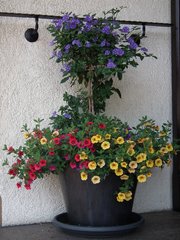 A lot of the pretty mixed pots and hanging baskets from spring may be starting to look a little thread bare. Root space is getting tight and there was that one week we forgot to water that one pot. Now is a great time to cut back those spring annuals. Cut out any dead stems and give the leggy stems a good whack. Give the rest a little cut to make it all look symmetrical. Apply a small does of Colorstar Fertilizer, water, and enjoy a lovely beverage on your porch! Clean/Dust your porch light 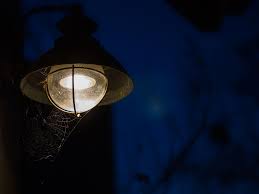 While your there, clean your porch lights and other outdoor lighting. We have a month before august hits and renders outdoor living impossible. Spending a few minutes cleaning your lighting will make your outdoor living area more welcoming during the last few cool nights of summer. Not only will lighting highlight your plants in the evening so we can enjoy them, but a well kept yard and adequate lighting are the two most effective things that can be done to prevent crime in our neighborhoods! Adjust your sprinkler system and watering habits 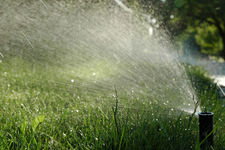 The past few weeks we have seen some good rain, but that won’t last. It’s a great time to check your sprinkler system, drip hoses, timers and such for proper watering. Place a cake pan in your yard and time your sprinkler to run as long as it takes to fill that up to one inch. That’s how long your system needs to run PER WEEK! We recommend twice a week, so half inch per run. Garden beds need about that much, but once a week is usually enough! Specimen plantings that are not well suited to Oklahoma weather need to be dealt with as needed. Potted plants most likely need to be watered once a day. No matter what it is, morning is the best time to water. Wet plants during warm nights are begging to be attacked by bugs, fungi, and viruses! Re-apply compost Redressing your beds and pots with a thin layer of compost will help retain moisture throughout the day, and replace organic material the plant has utilized during the spring. Pinch bag worms Pinch bag worms on evergreens before the infestation gets out of control. Also, spray web worms in trees with a high pressure spray. Once the webs are torn open, the birds will feast! It is very satisfying! Add natives! Don't worry about your tomatoes It has been relatively cool, so tomatoes should still be producing. But as temps climb over the mid 90’s, tomato pollen stops being viable. This can be helped by shaking the plant early in the morning, before it gets too hot. At a certain point, you will have flowers, but not fruit. Don’t worry, keep the plant healthy with compost and water. Once temperatures drop, production will return. Relax! --Alex Wisdom
The cold winds are dying down and it's great time to get back out in the garden and do some of the less glamorous tasks while it's still nice outside! So when May hits everything is ready for color installs and all the other fun stuff we look forward to! Sow Annual and Herb Seeds Now is the time to get your summer herb and annuals started. Celosia, Moon Flower, Sun Flowers, Zinnias, and Basil, Cilantro(Coriander), and Parsley. Just follow the directions on packets. If you have older seed and don't know if they are viable, here's a way to check. 1. Moisten a paper towel and lay out flat. 2. Place 5, or so, seeds on the towel with some space between and fold up so the seeds are wrapped up tightly. Place towel package in a zip top bag. 3. Place the bag in warm, but not sunny spot. Leave alone for the number of days to germination listed on the packet or on this chart. 4. Once that time is up, open the bag and package and inspect the seeds. If most of the are plumped or even sprouting, the seeds are safe to plant. If only a couple are sprouting after a couple weeks, don't expect much out of those seeds. Plant Fruit and Vegetable Plants So this year has been odd, it's been warm(one day over 90!), and as I right this, at least, one more night in the 40's. The soil temps have been in the 60's: 2 inch temps, 4 inch temps. So it *should* be safe to plant most veggies. Just remember, two years ago we had a frost on May 5th! In any event, by the end of the week we will be bringing in the more cold sensitive plants. There are just a few more days to think about your gardens. Apples, Pears, Strawberries, Tomatoes, Chiles, Cucumbers, Melons, Herbs, etc Weed 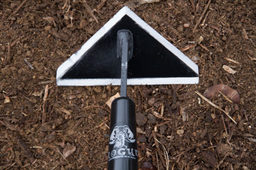 Yes, it's super exciting, but it pays off. Just a couple hours on a Saturday morning will continue to pay dividends all season! The trick is a scuffle or colinear hoe. These are sharp and the blade is oriented parallel to the ground. Just slide or "scuffle" the hoe around the bed and the weeds are cut off at the ground. Yes, some do come back! If you have a decent hoe(over $25), the task will be easy to do once a week. After a while, the weeds will burn through their energy stores and die. If you never till your bed(NEVER TILL YOUR SOIL), you won't activate dormant seed in the soil and you won't have weeds! Follow this advice, and weeding will only end up on your to-do list twice a year! Fertilize or Compost Your Plants This is the easy one. Add a does of good slow release fertilizer like Color Star, Nutra Star, or Espoma to all of your potted plants. All their nutrients were used up last year or leached out of the pot over the Winter. Feed them now, when new growth starts, they're hungry! Add a good couple inches of compost to your garden beds. It is denser, and will block light to seeds and retain moisture better than any wood waste mulch. It also leaches into your soil adding nutrients and organic matter, and helps to break down the clay. ExploreFinally, go explore the local botanical gardens and garden centers. There is always something to look at and get ideas from.
Myriad Gardens 301 W Reno Will Rogers Park 3400 NW 36th The OKC Zoo 2101 NE 50th St The Botanic Garden at OSU 3300 W. 6th, Stillwater I’m not a big plan ahead person. I’m working on that. Owning a business has really made me stretch my organizational and planning skills. But I’m still not one to plan out the week’s menu and have each ingredient on hand. I’ve learned to have a pantry well-stocked with basic ingredients – flour, sugar, pastas, chicken in the freezer, that kind of thing. I also have dried herbs and spices on hand. But fresh ingredients are trickier. Life gets busy. Peppers get wrinkly, carrots a little too flexible. Invariably, I go to the crisper and the lettuce is not crispy. It’s been in there a few days too long, looking limp and not very appetizing. One of my favorite things about having a small garden is being able to walk out my kitchen door and grab a handful of ingredients, simple things like lettuce or kale or spinach, tomatoes, peppers, carrots, herbs – and voilà, salad! Having fresh vegetables right outside the door can be as uncomplicated as carrots or peppers in a Smart Pot® or salad greens in an old washtub. Raised beds are so easy to construct, super easy to maintain, and can significantly reduce a family’s grocery bill from spring until late fall. And really, traditional, in-ground gardening can be pretty low-maintenance, too. We’re so excited to be offering organic vegetable transplants from Julia Laughlin of Prairie Earth Gardens this spring. We will still have lots of healthy vegetable and herb transplants from Prairie Wind Nursery and Red Dirt Plants. If, unlike me, you are a planner, it’s a great time to organize a planting schedule of your favorite vegetables and fruits. Here’s a Garden Planning Guide from OSU Cooperative Extension Service. Here’s another easy to understand planting guide from Robert Stell of Sunrise Acres, long-time, local farmer and vendor at the OSU Farmers Market. And, if your gardening plans are more spur of the moment, just drop by the store and we’ll help you pick out a few things to grow.
It's hot, and there was 81% humidity this morning. Plants that usually do well in Oklahoma's Springs and Summers might not be looking too hot right now. It's hard enough to keep them watered, much less feed with out burning, or pruned with out ruining them. But fear not! It is not as difficult as it may seem! Here's a little primer on how to keep the annuals you worked so hard for in Spring looking good until October/November when you're ready to start planting Pansies and Cabbages.
There are two things that need to be done: remove some of the plant and feed. Removing biomass does two things: 1. eliminates much of the sickly/dead growth and 2.lessens the load of water and nutrients that the roots need to deliver. Feeding also does two things: 1. replaces nutrients the plant has used or lost due to leaching and 2. supplies nutrients for the plant to use in replacing bio mass that has been removed.
Just grab a handful of stems, like you are making a pony tail of plants. Then, take some pruners or scissors, place at a 45 degree angle to the plant pony tail, and start chopping. Edward Scissor Hand Style. No need to be careful (EXCEPT FOR YOUR FINGERS), the point is to remove stem not shape. If you cut at different levels, you will have a natural shape. Go for a shag, not a bowl cut. This is most necessary in mixed or combo pots where there are many plants competing for resources. But it also becomes necessary in baskets or pots with one plant and with upright or bushy annuals because they can get leggy too. They are a little more work because trimming them willy nilly can make them look hacked to pieces. All it takes is to look for a joint (or node) on a stem where there are leaves emerging. So, the trimmed plants should look better after trimming, but it will won't look great. At this point, they will need food. So, throw on a handful of compost and a small dose of slow release fertilizer like Colorstar, or organic, like Flower-tone. Then, set a timer on a soaker hose, go on vacation, and when you get back you will have the gorgeous planters you remember from May!
This is probably the most asked question we receive. This week's post will answer that and tie in with our sale that we are having for Mother's Day weekend! If you pick one of these three, for your self or your momma, you will have a beautiful, low maintenance plant all summer! I am going to start off by saying that I am leaving off the Portulacas. Purslane, and Rose Moss(Moss Rose) are fantastic plants. They are succulent, which means they have a way of storing water. They bloom like crazy, they are easy as it gets. Come on by and grab some! However, tt would go against our mission statement if I didn't provided something more inspired. Which brings me to the only three plants I plant every year! By common name, Blue Daze, Million Bells, and Trailing Periwinkle.
I hope this gives you some ideas for your home, or your Mothers. Remember, May 8th! We are having a Mother's Day Sale the 6th, 7th, and 8th, and all hanging baskets are $13.95!
The henbit is dying, and making way for some of the more noxious weeds. Crabgrass being the number one offender.
Using something pretty to eliminate something noxious. Which leads me to the real point of the article! Yes, I hope I shed some light on organic practices, and I do hope to sell a few bags of All Seasons, but I really just wanted to be able to use that comic in some manner of professionalism. _ Alex Wisdom
Stop the Crepe Murder |
Authors
Kathy and Alex have combined experience of over 25 years, and offer their expertise here. Archives
February 2019
Categories
All
|

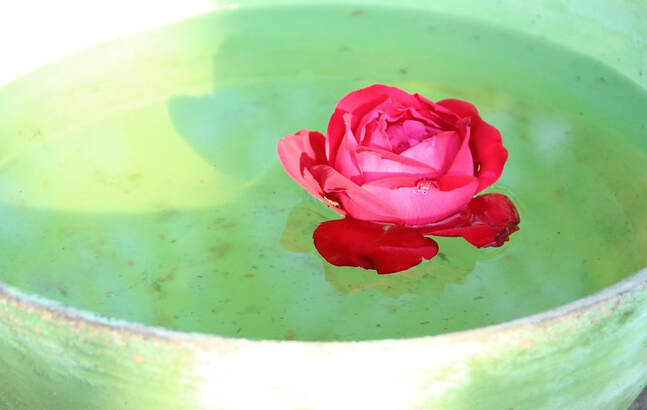
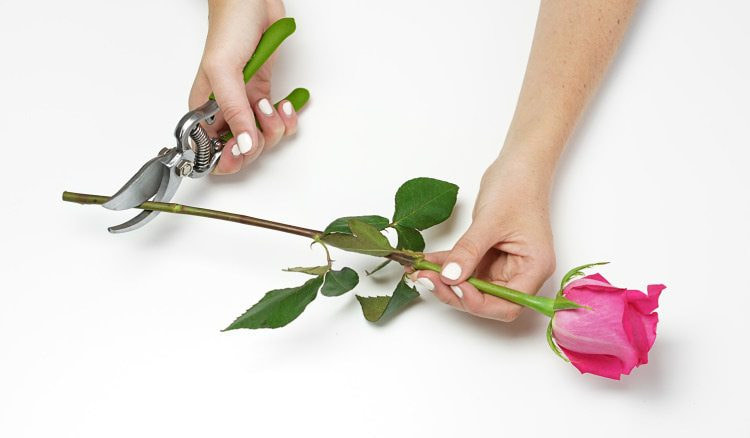
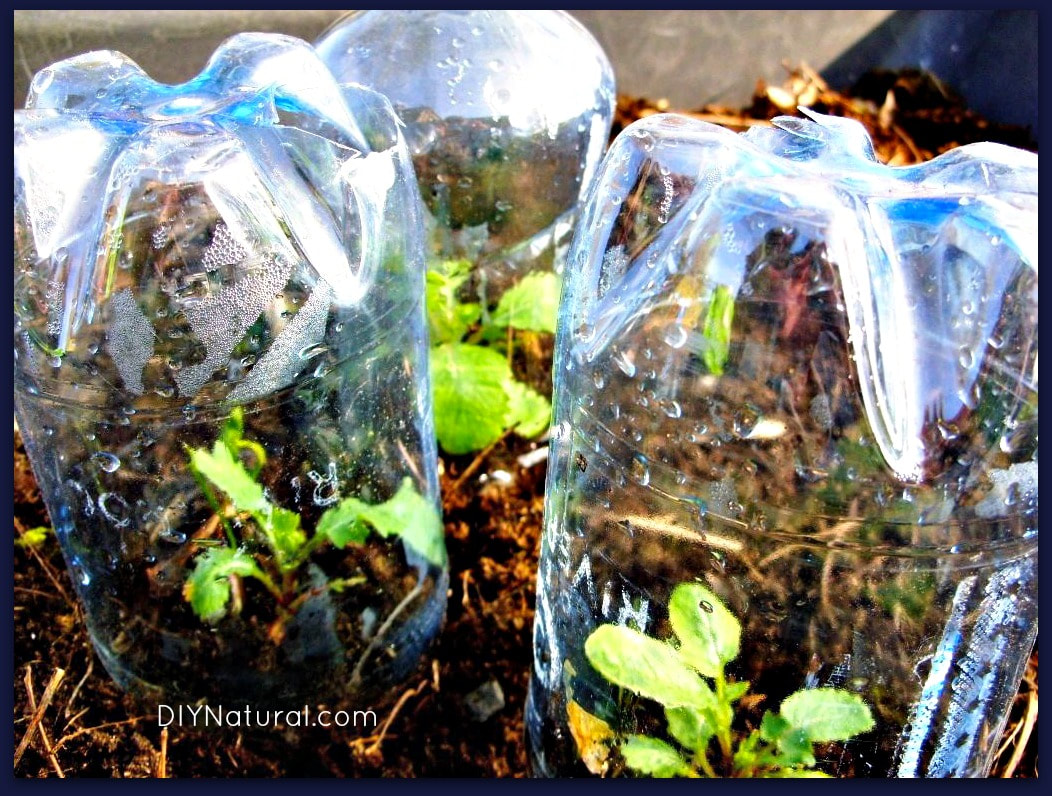
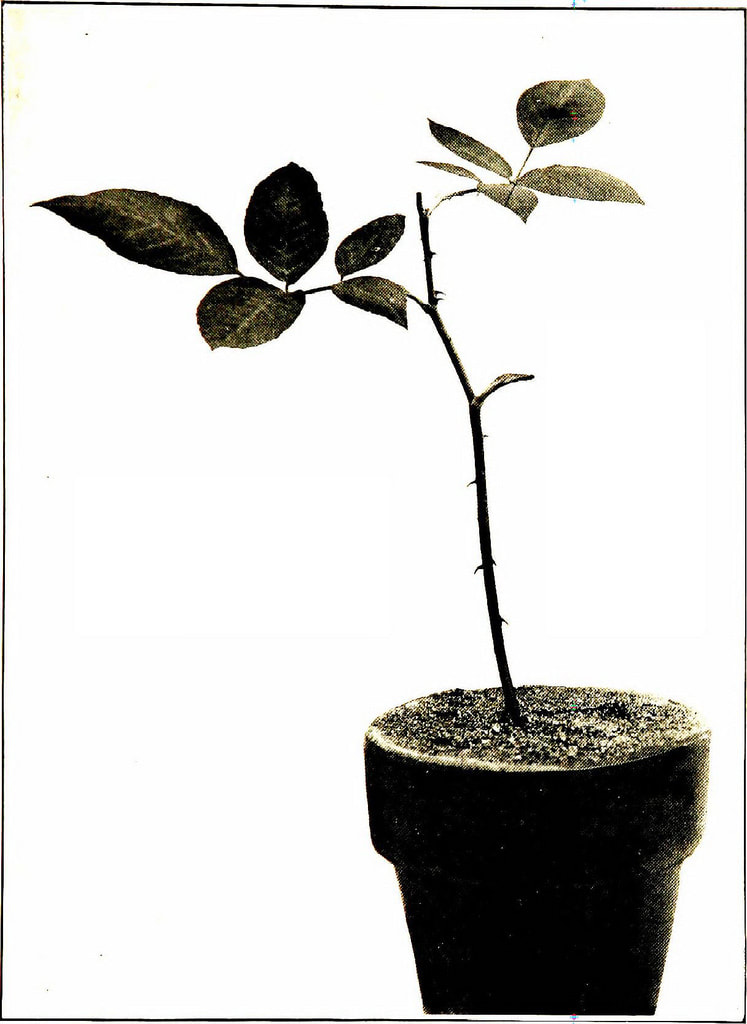
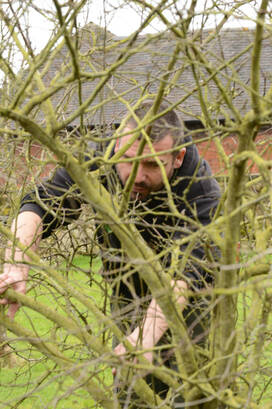

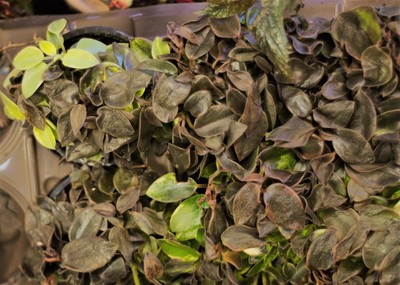
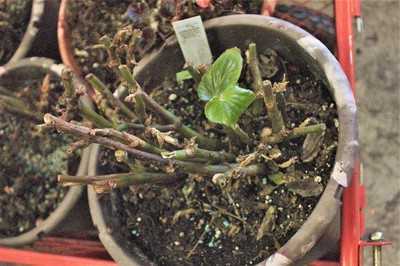
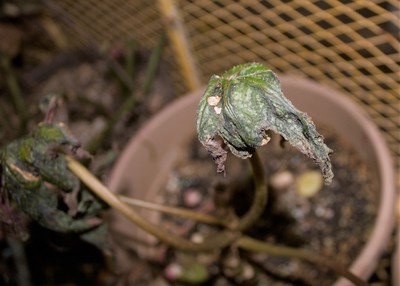
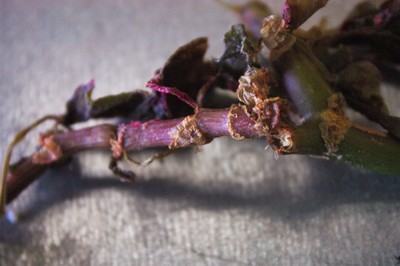
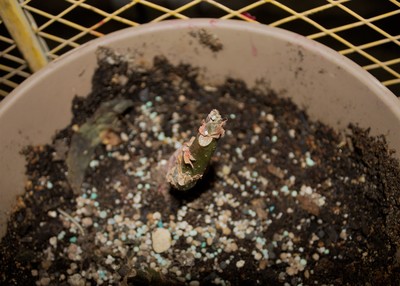
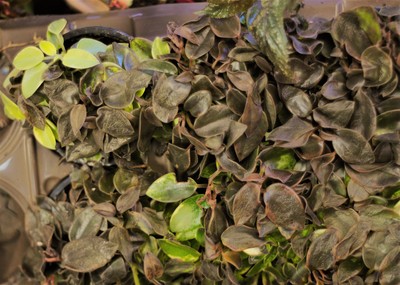
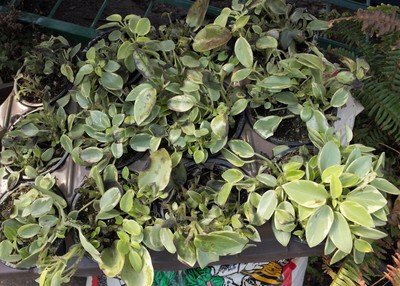
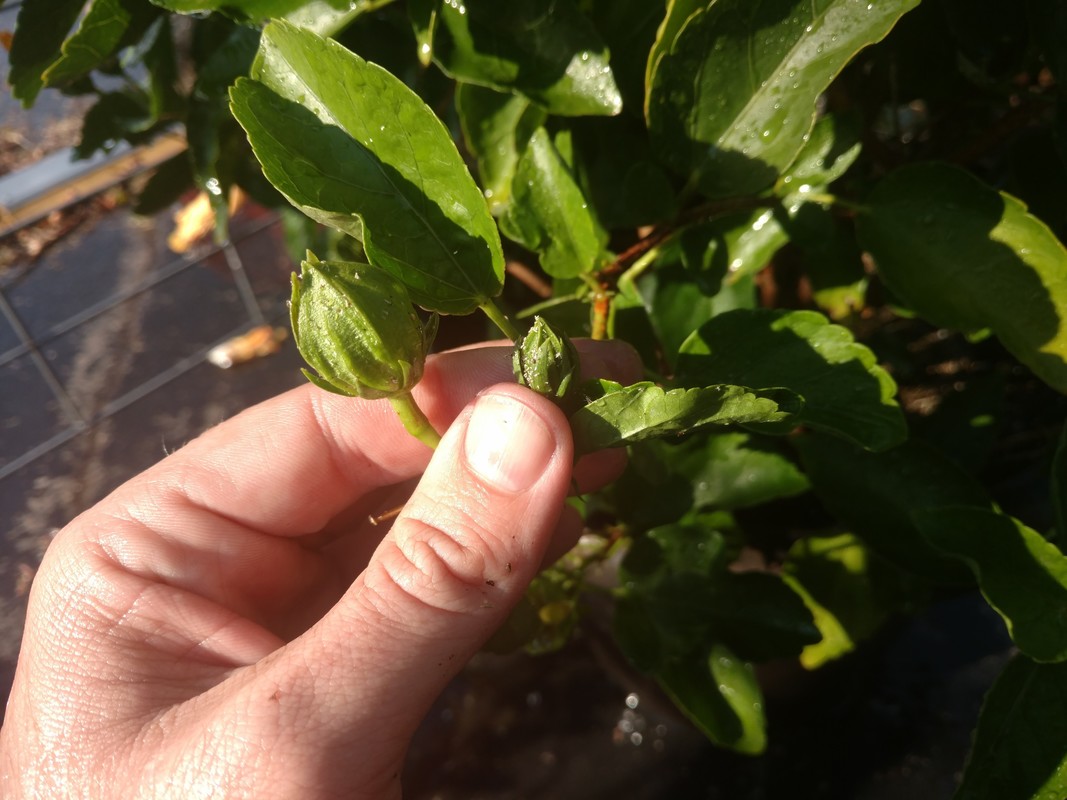
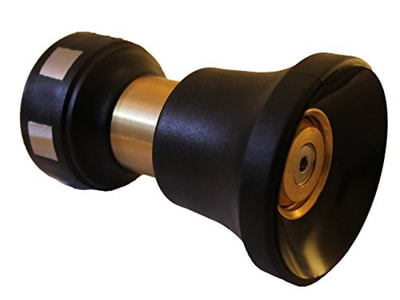
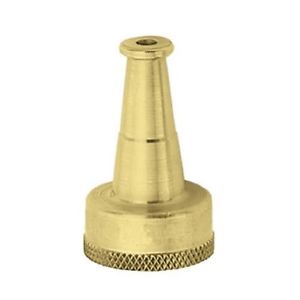
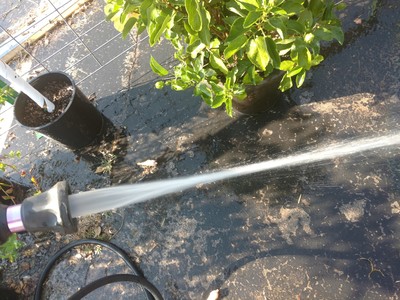
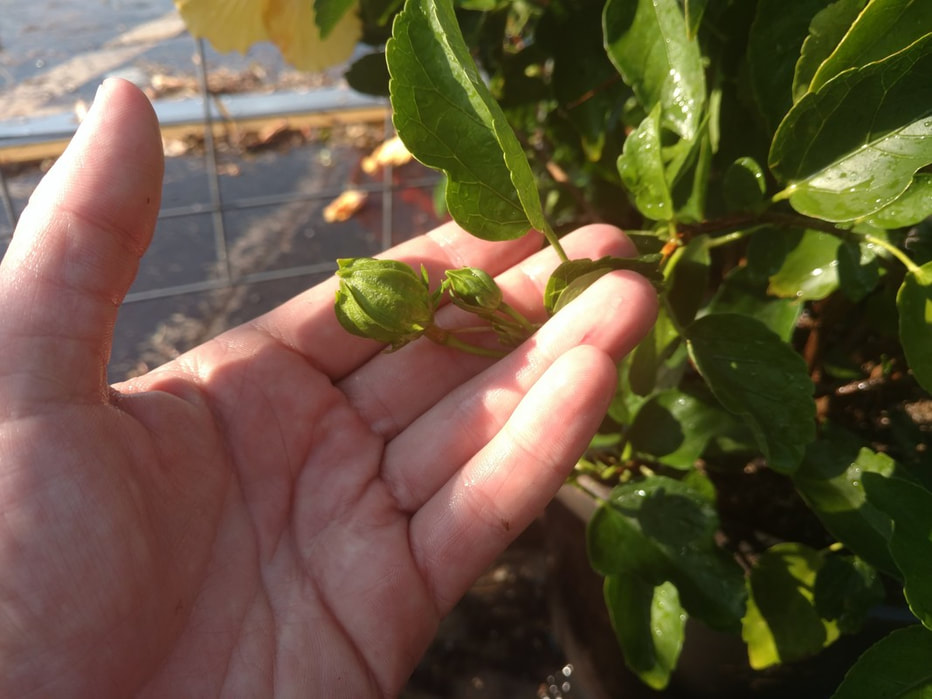
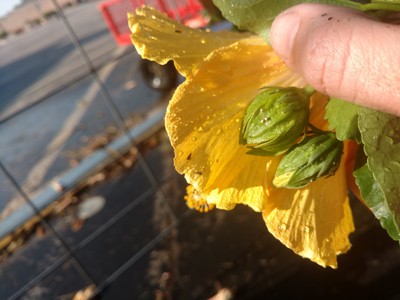
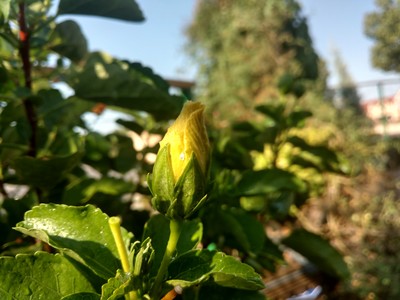
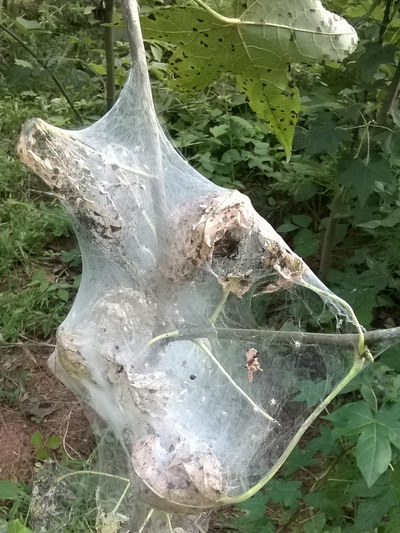
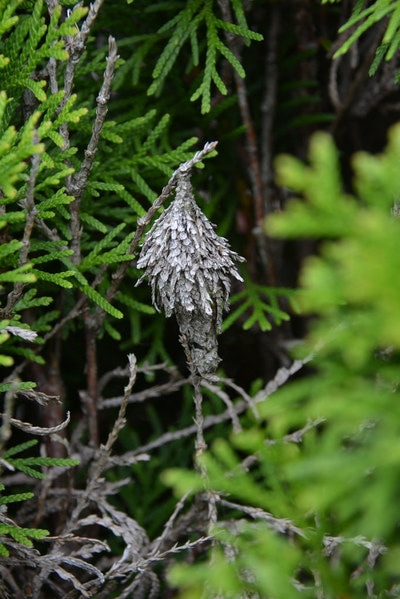
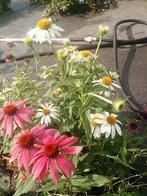

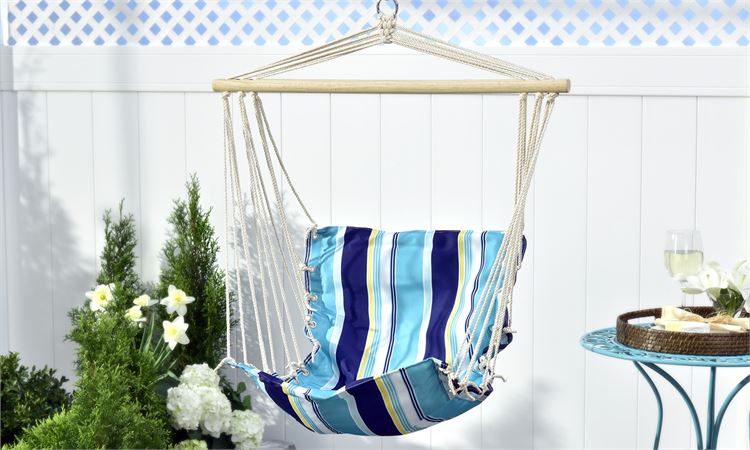
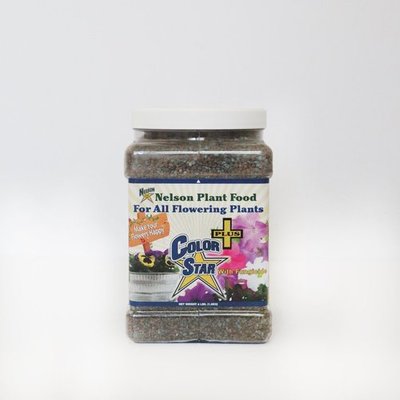
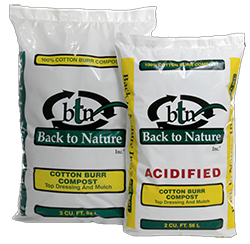


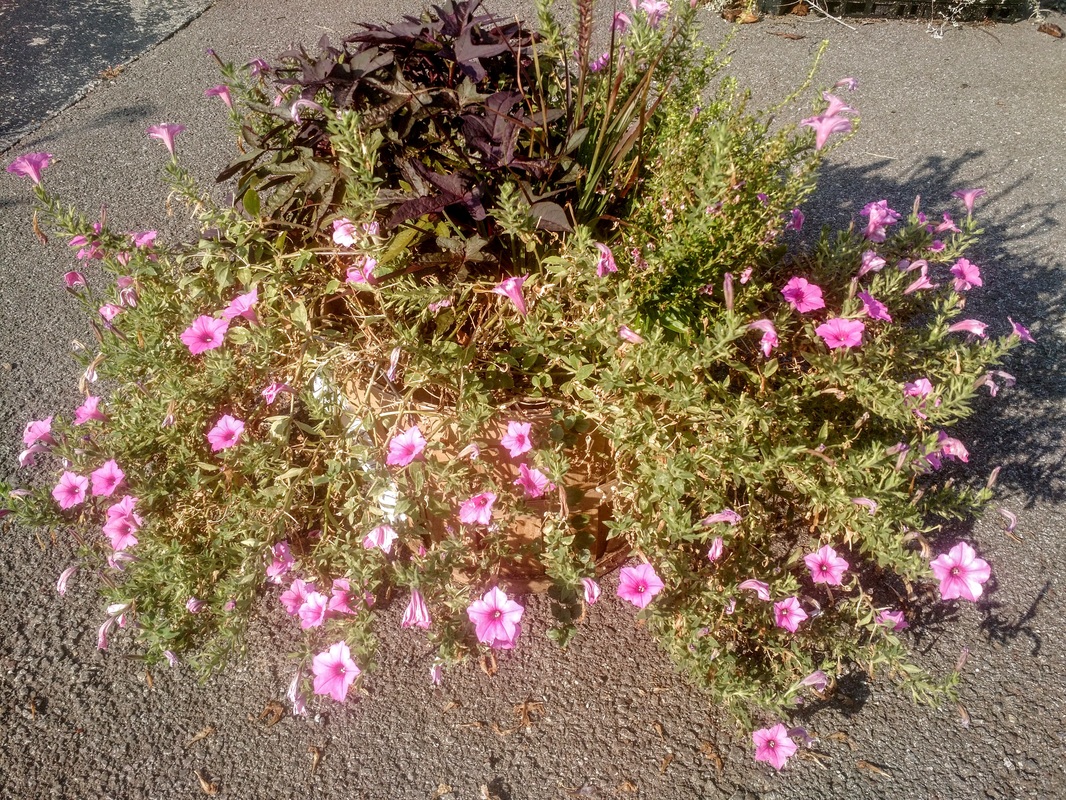
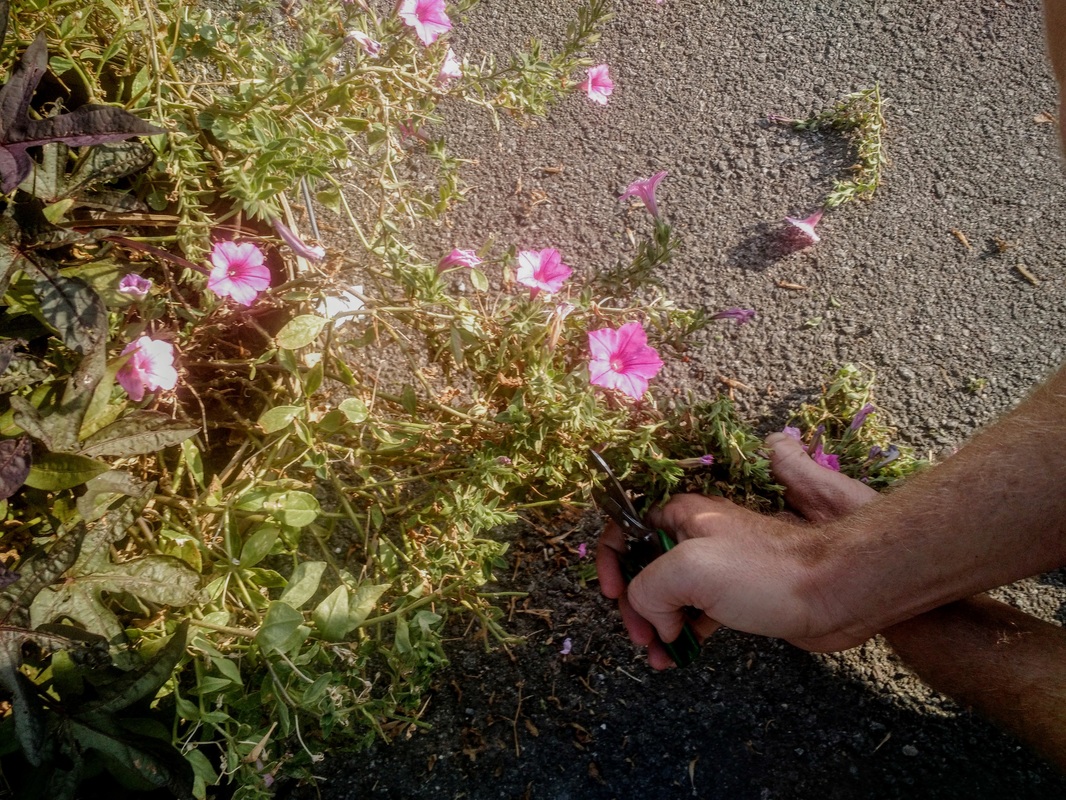
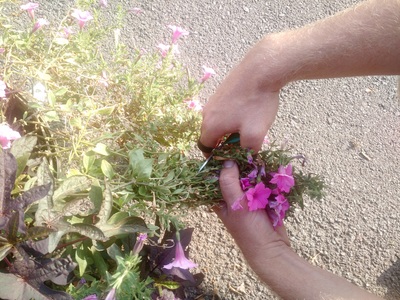
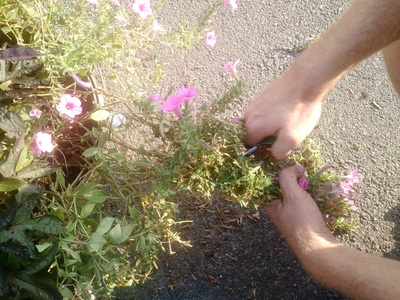
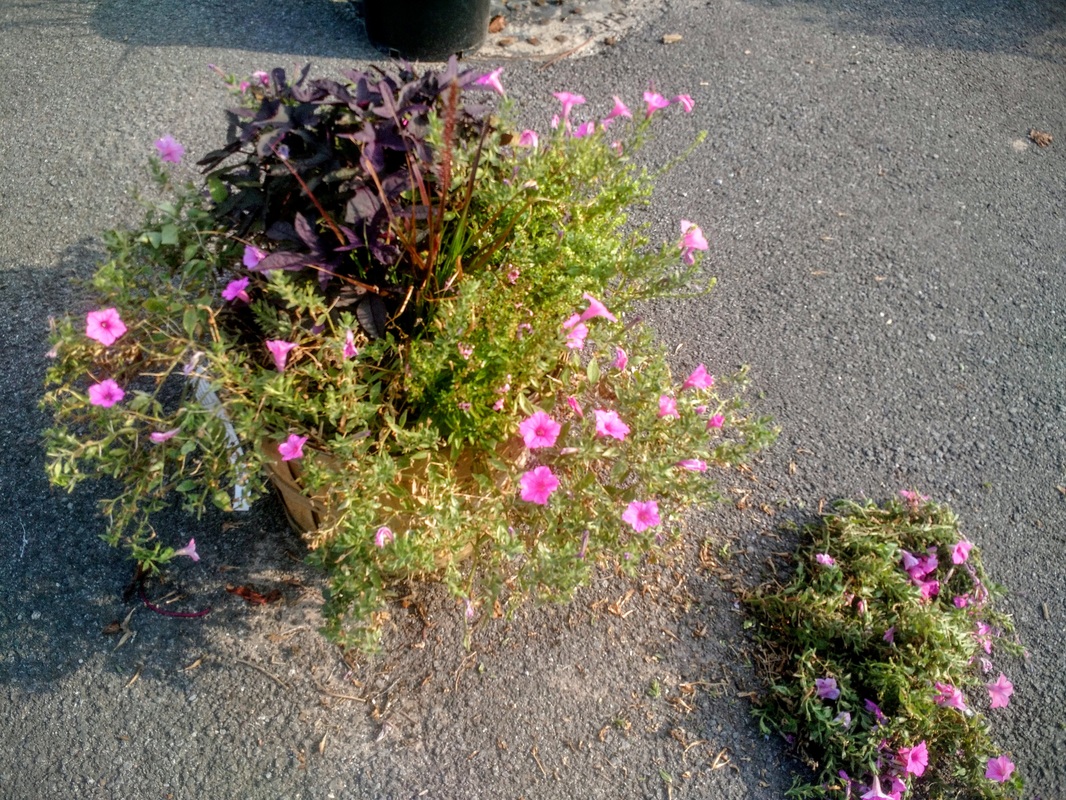
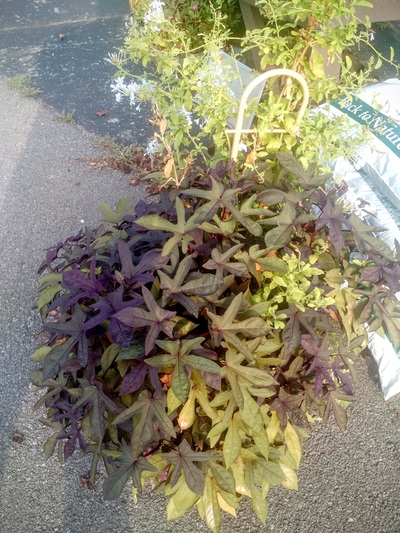
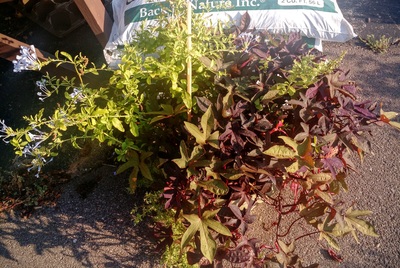
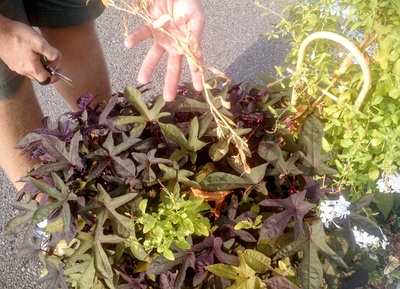
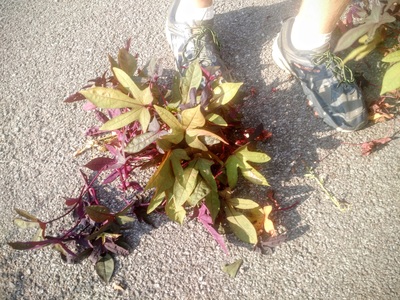
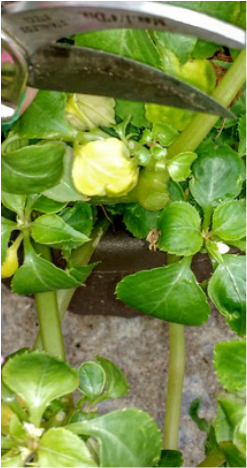
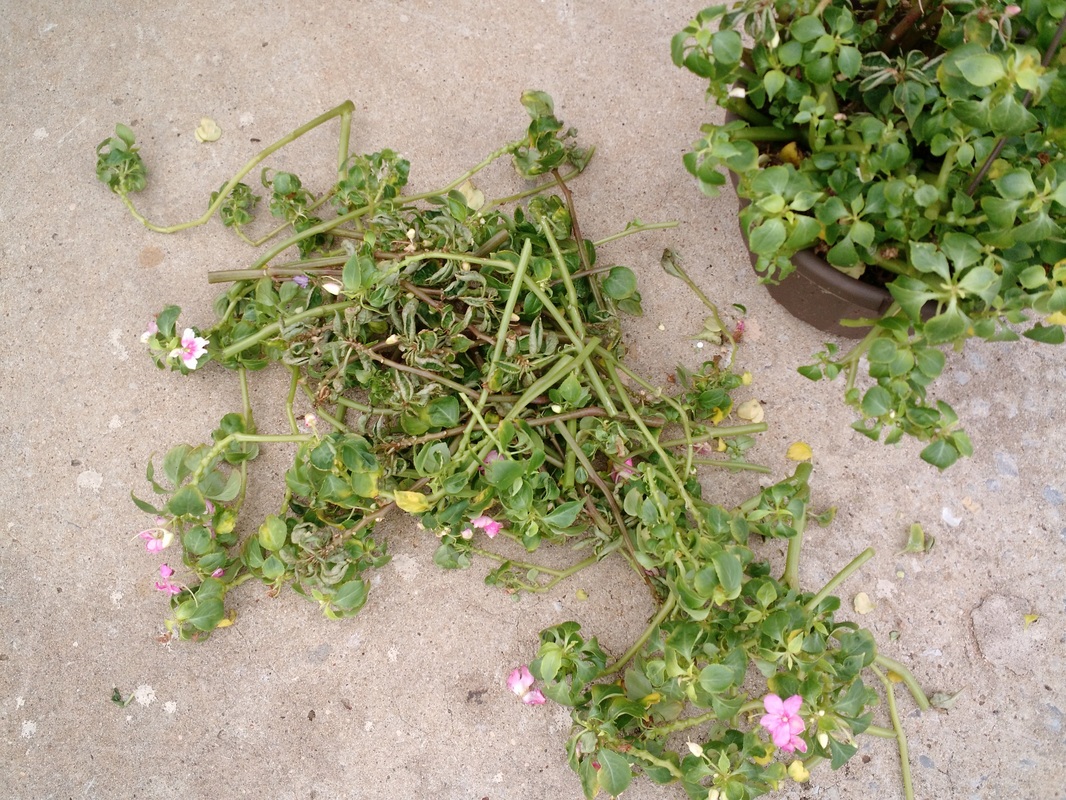
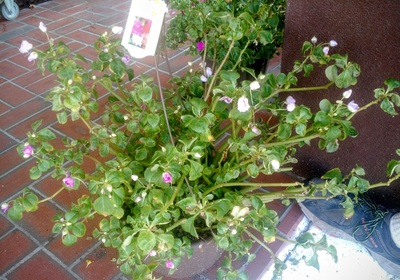
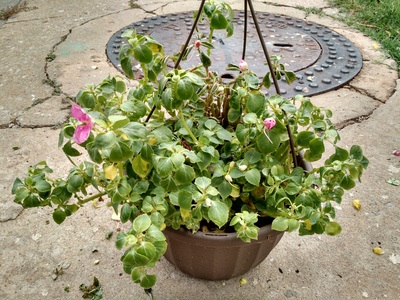
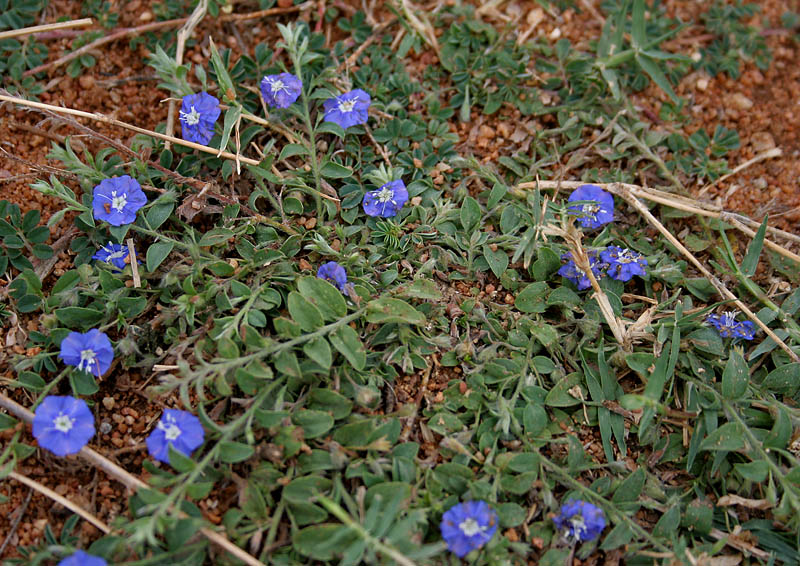
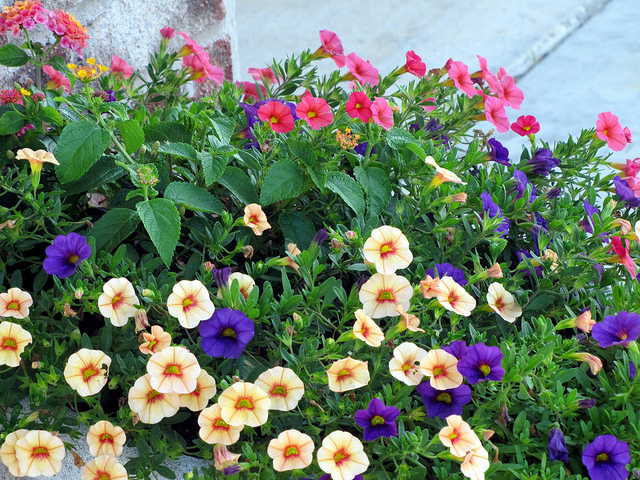
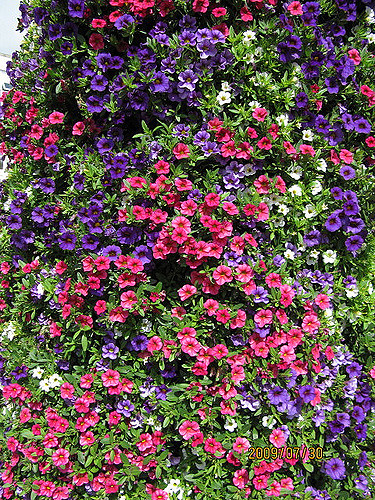
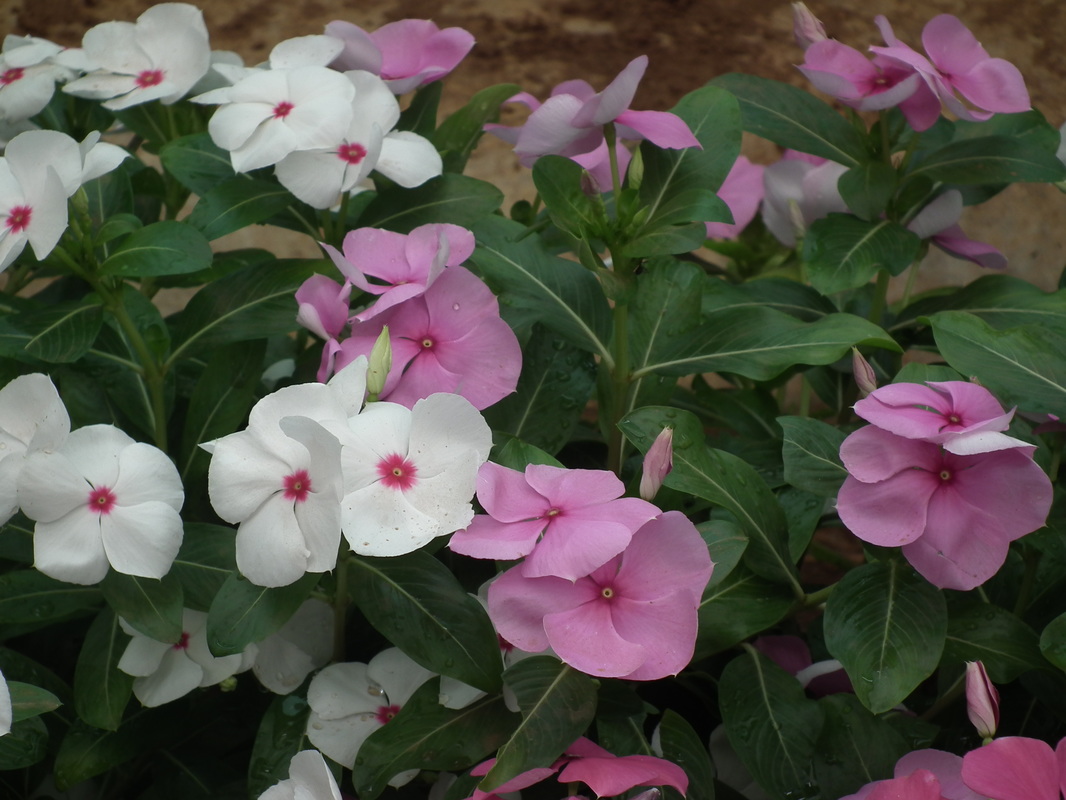
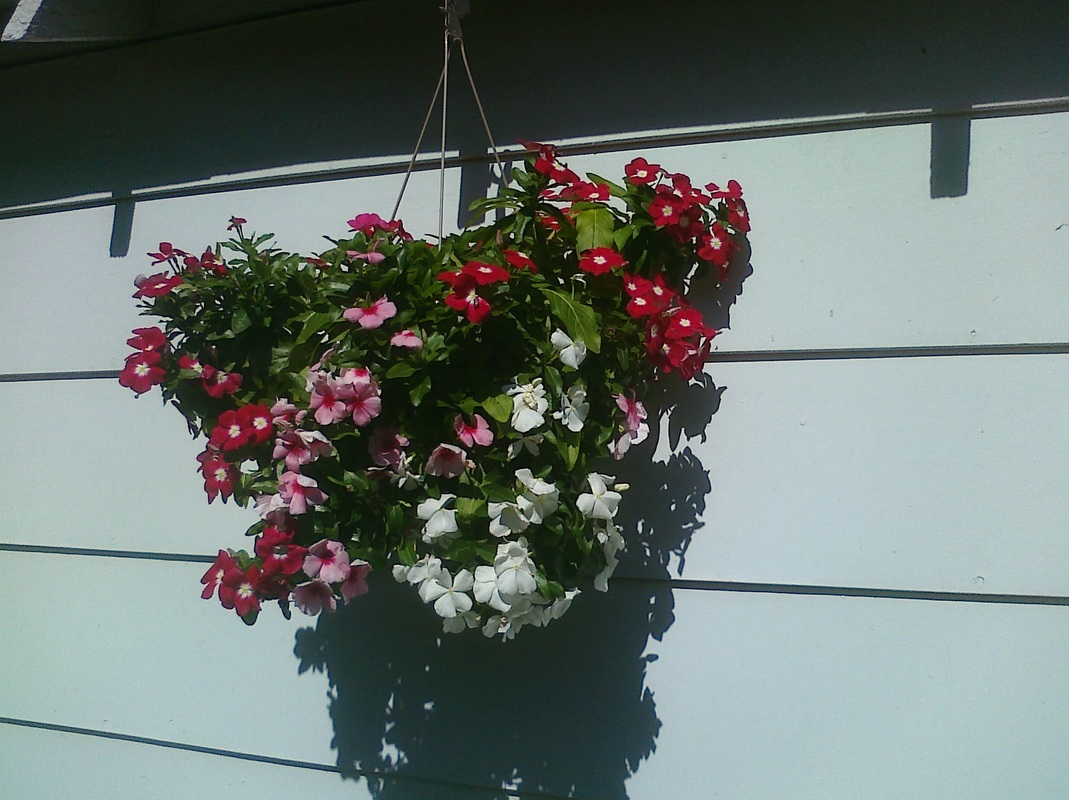
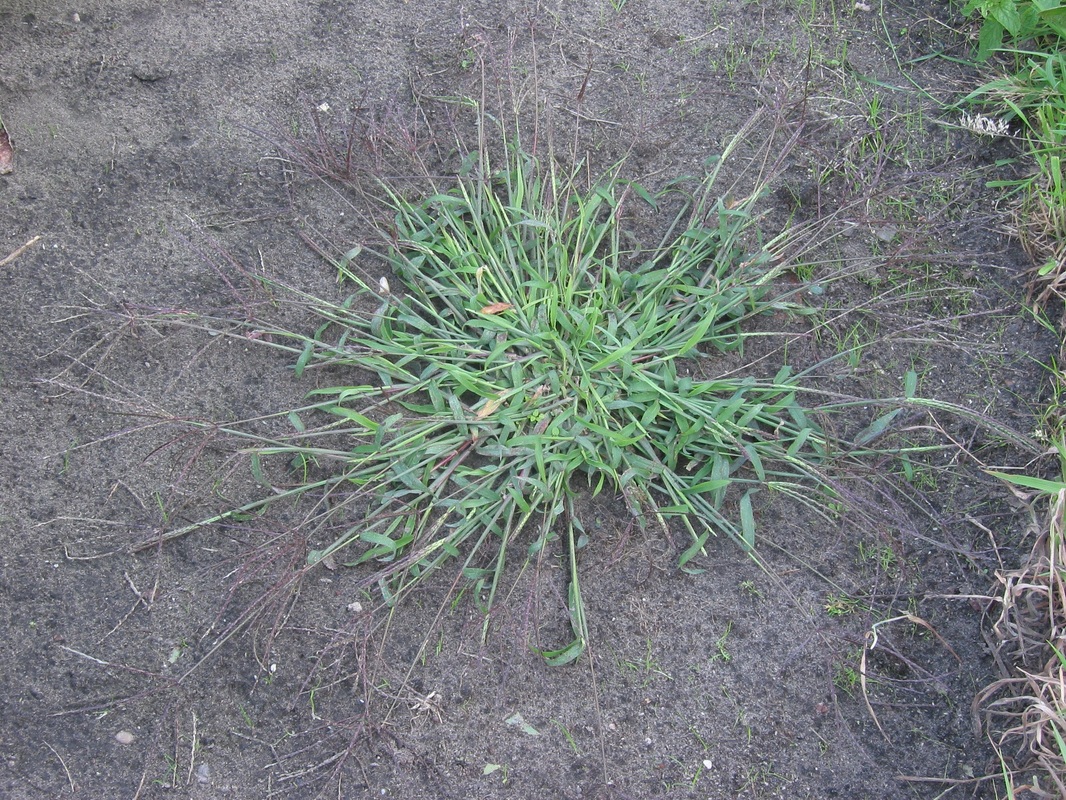
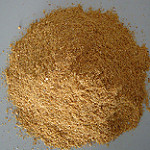
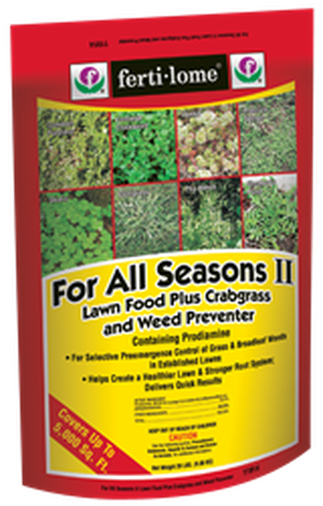
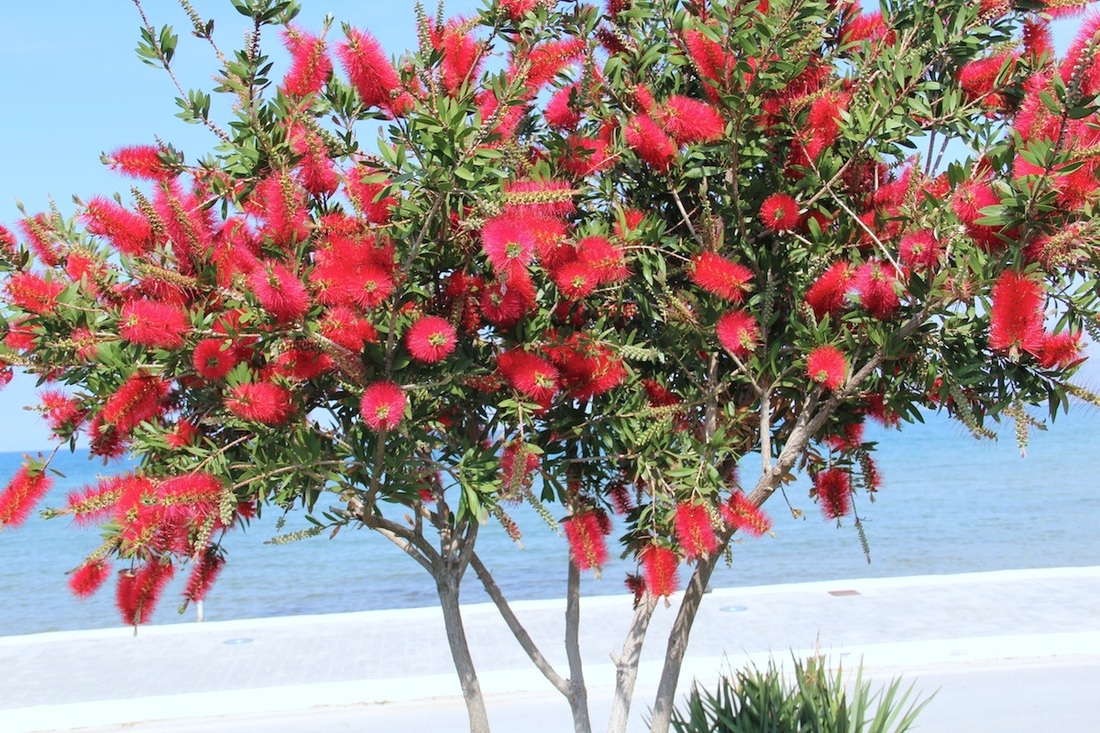
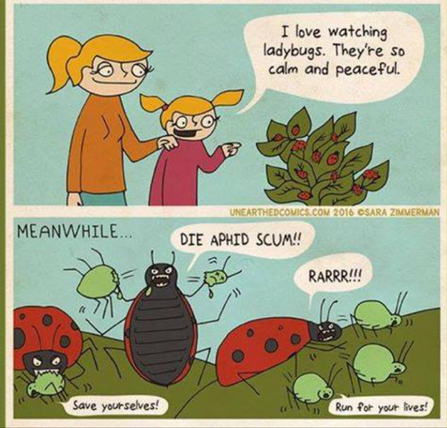
 RSS Feed
RSS Feed